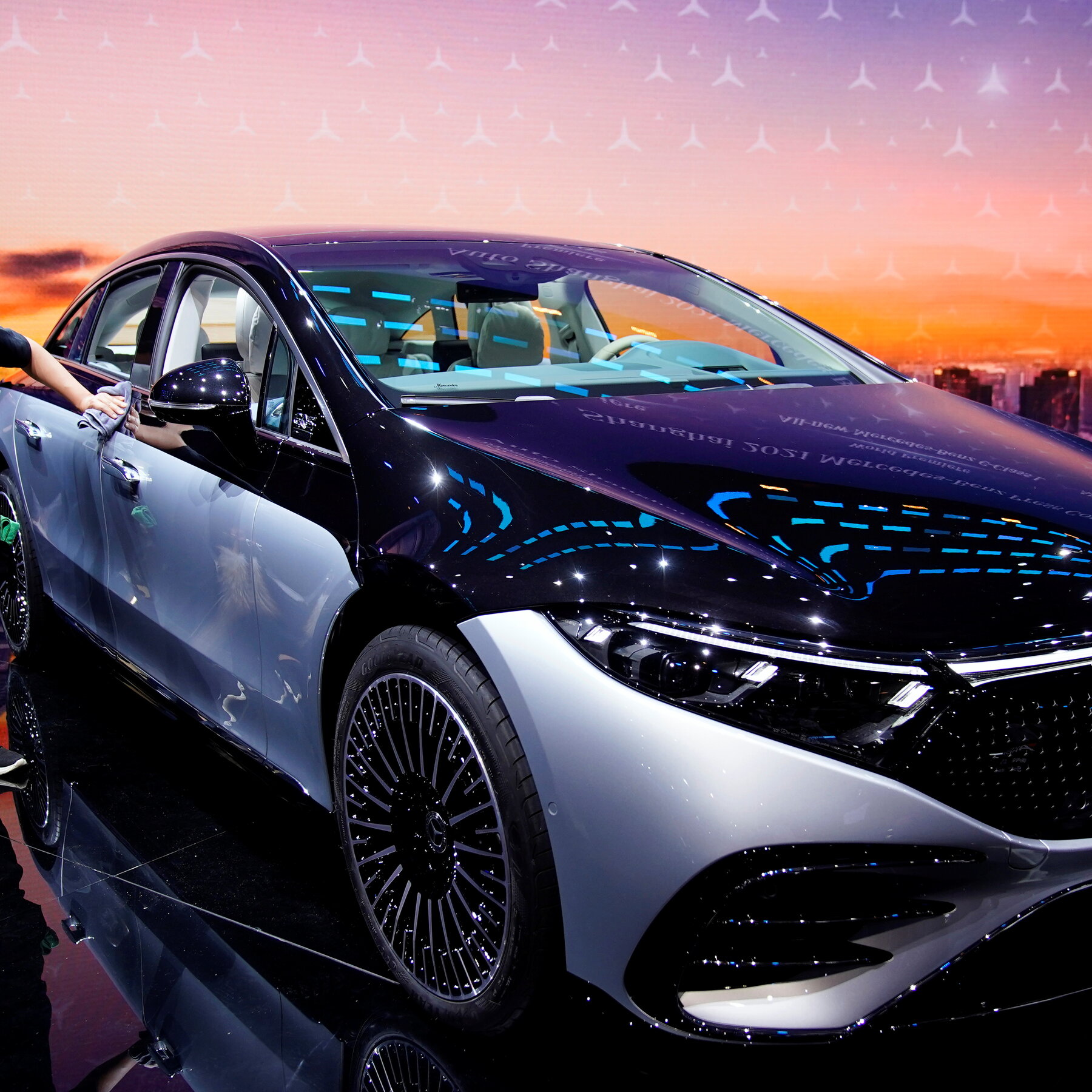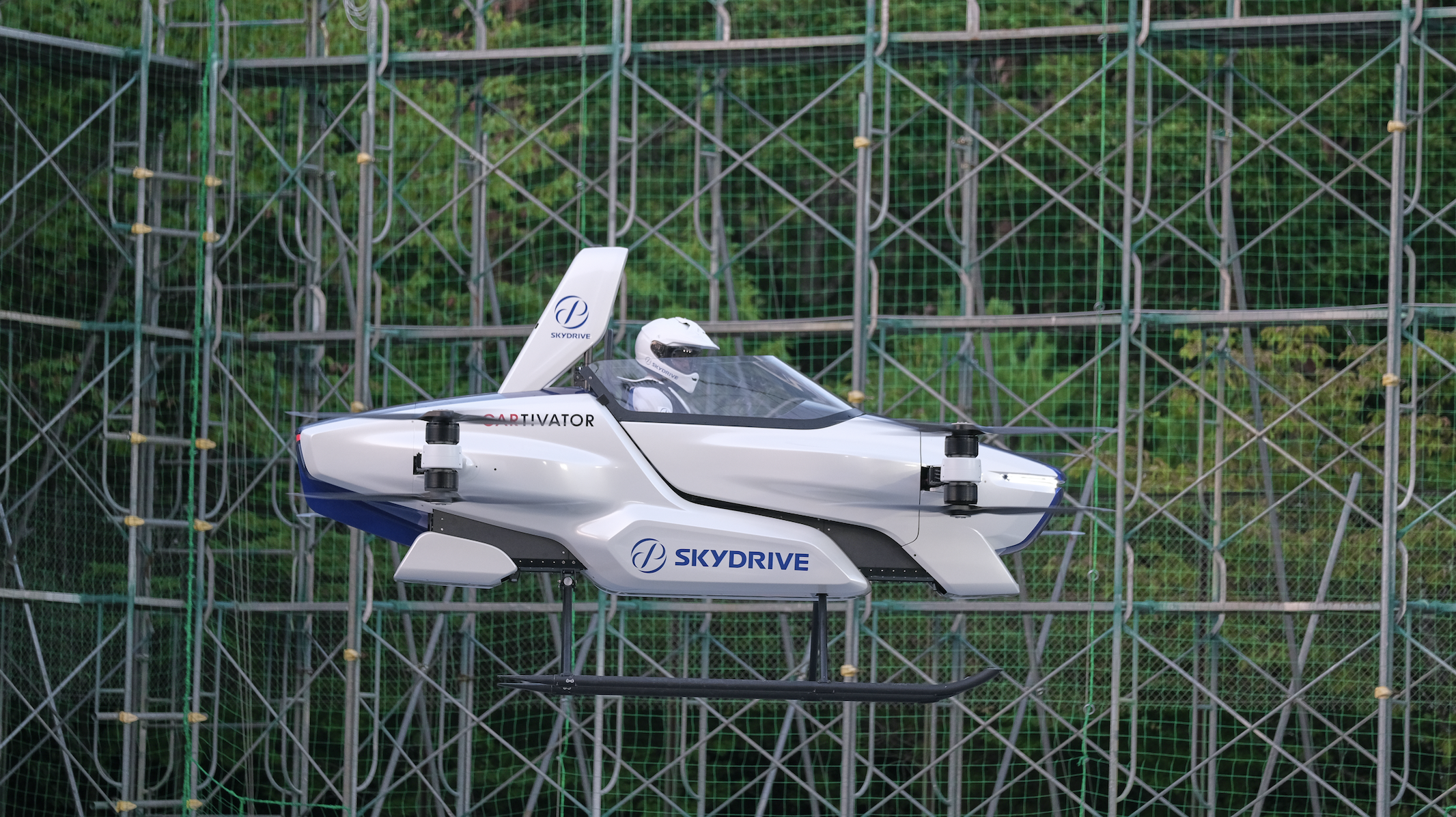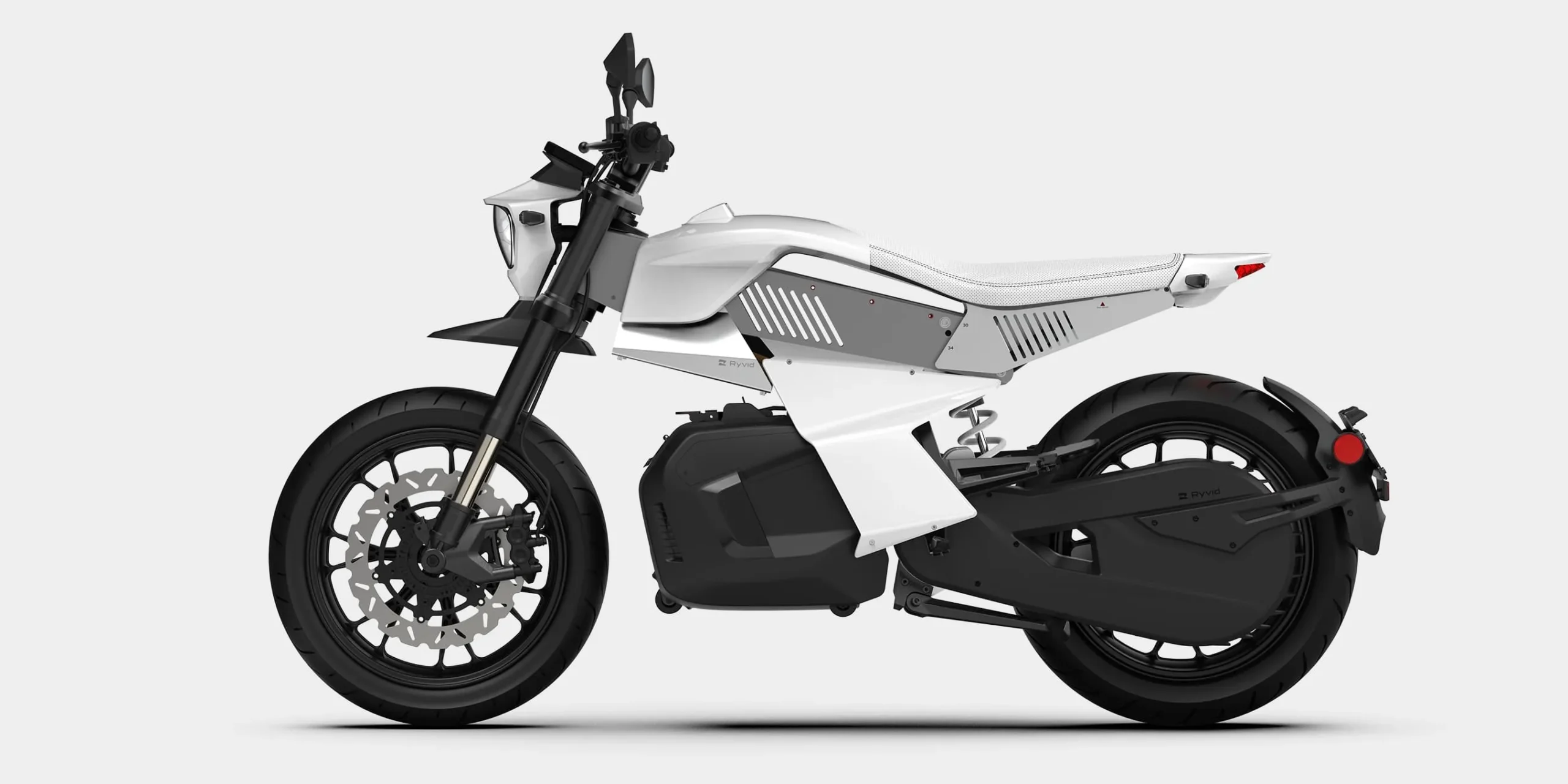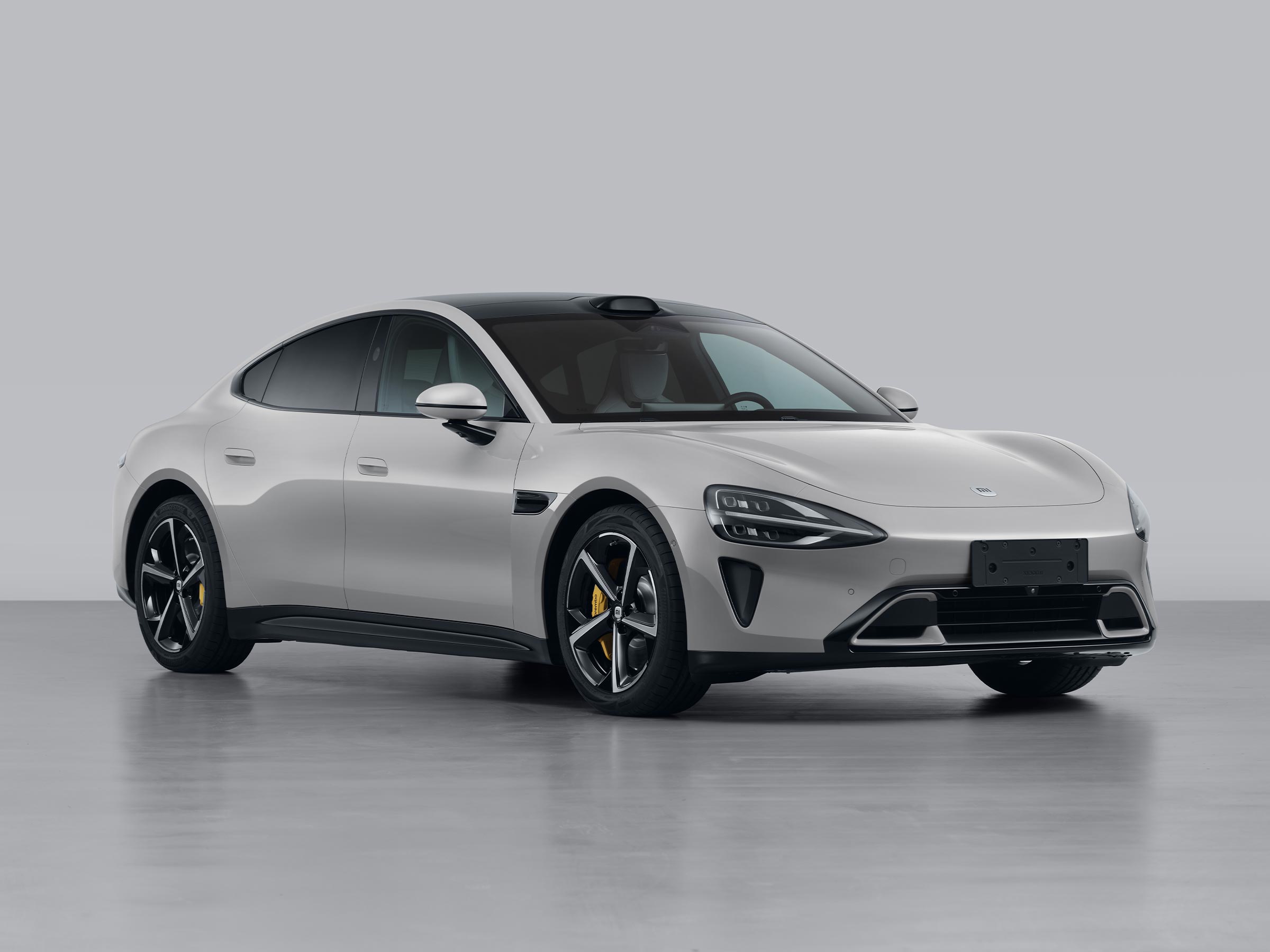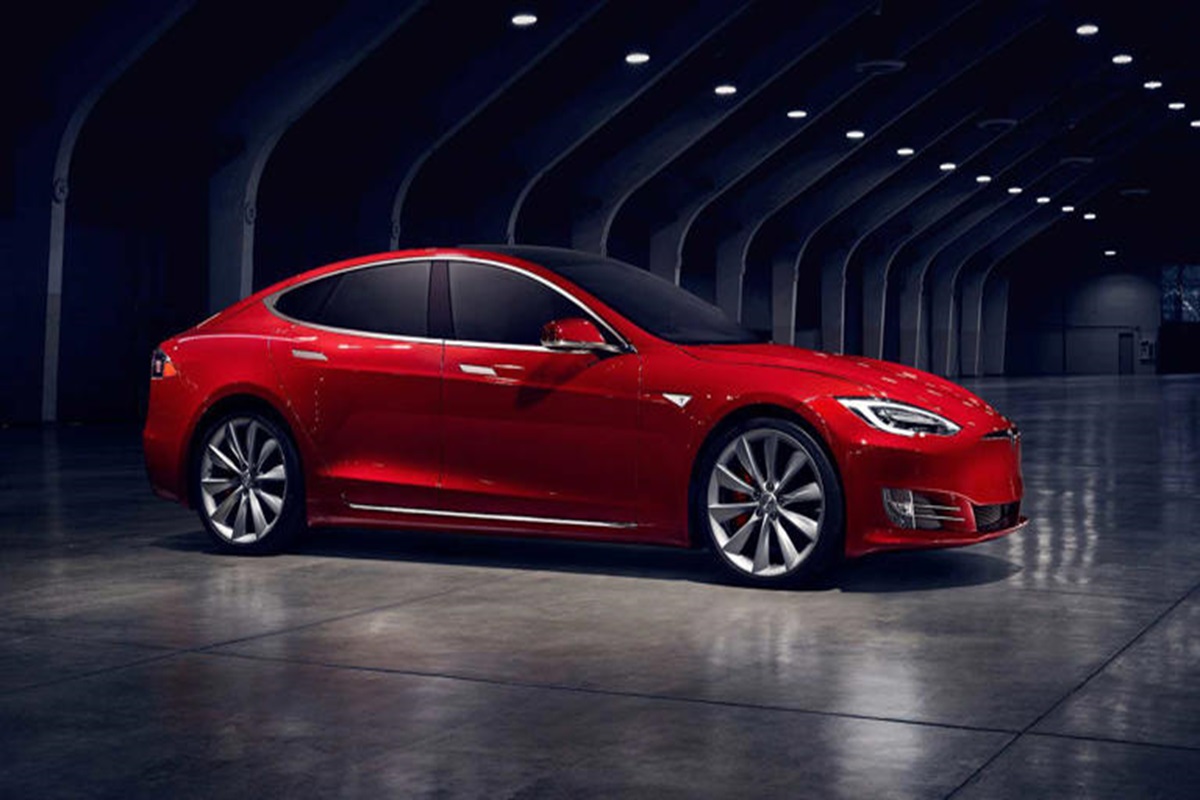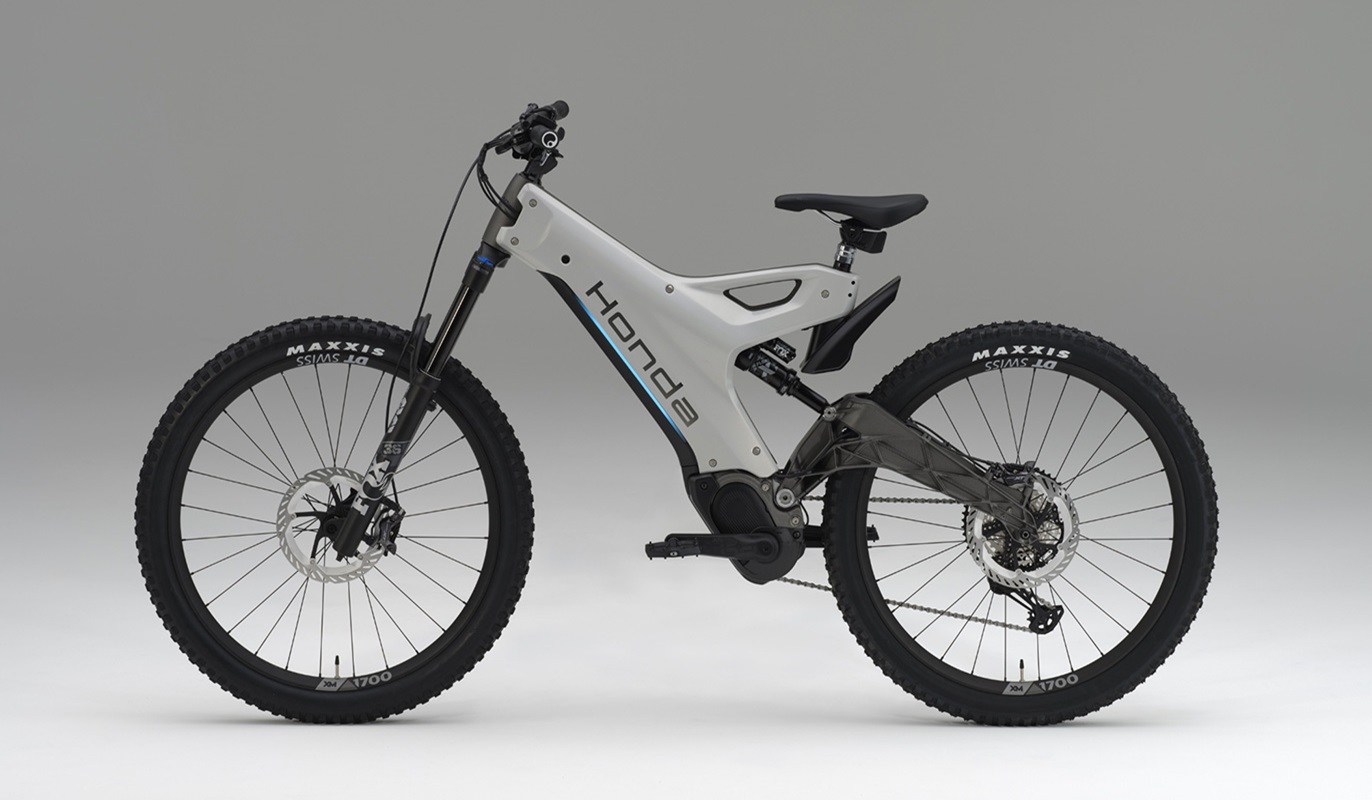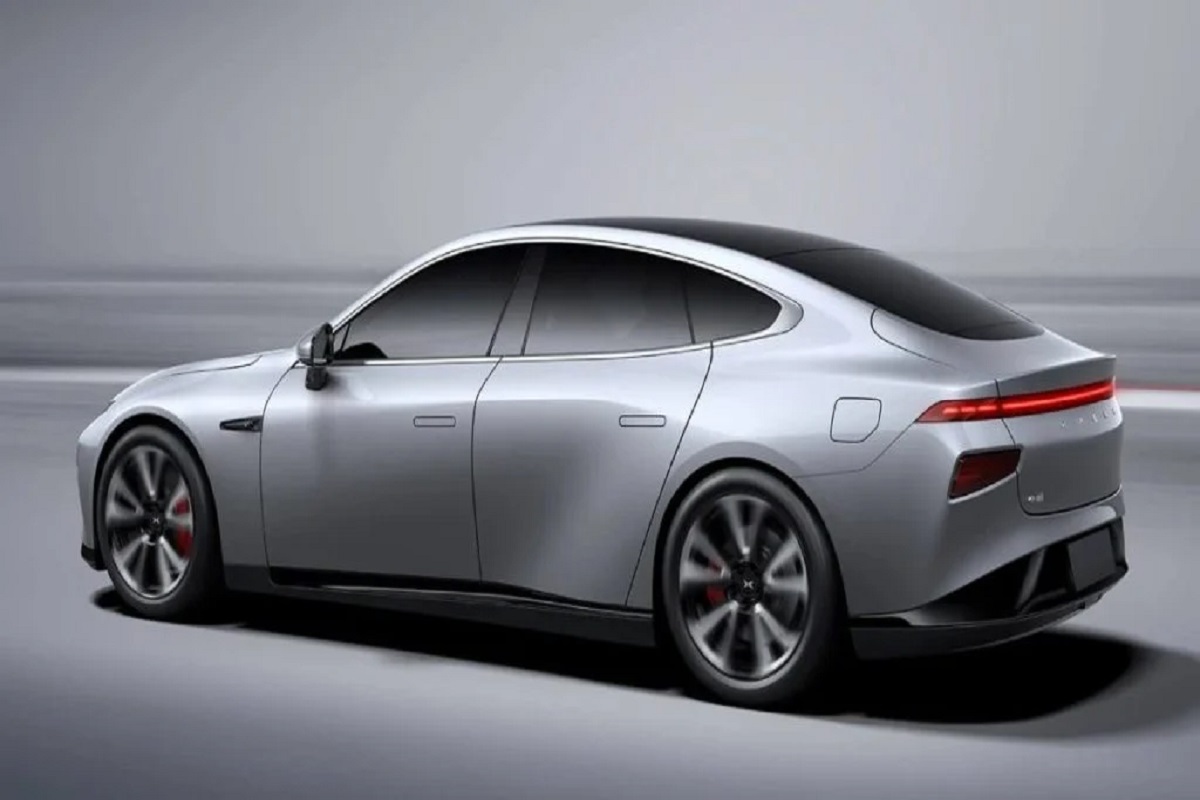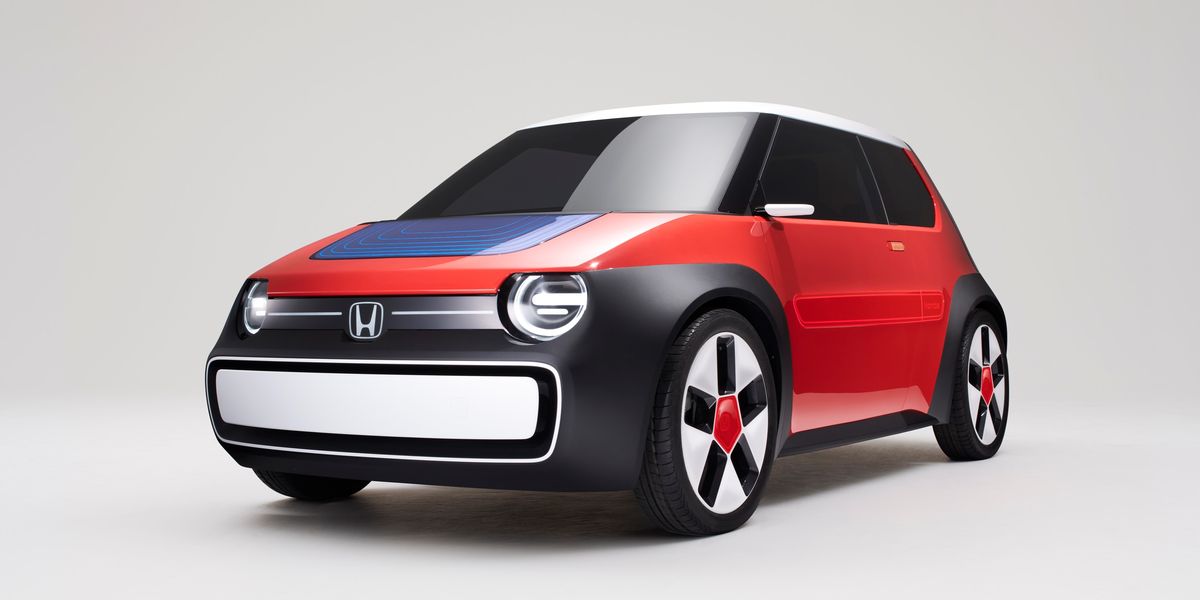The future is whirring on four wheels, and we’re talking about the coolest electric cars of 2023. They’re sleek, powerful, and packed with tech that makes driving a blast. Ready to ditch the fuel pump and join the electric revolution? Here are the top 5 electric cars to spark your joy in 2023:
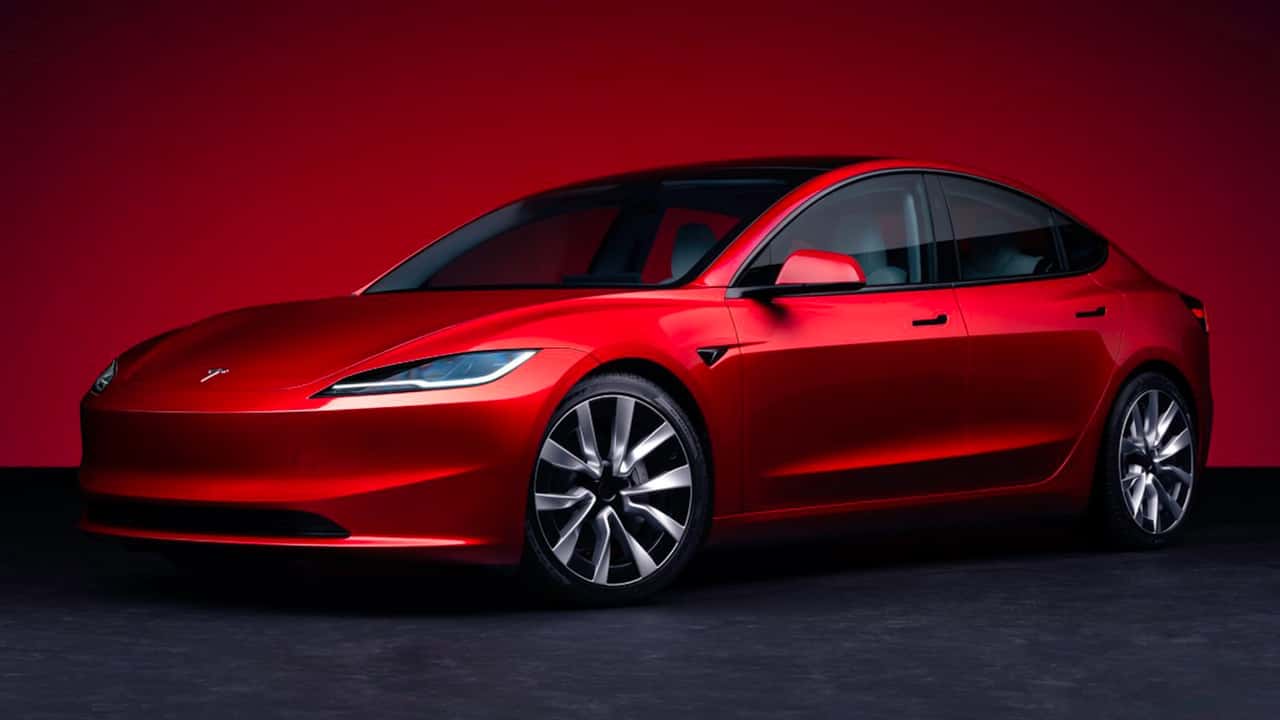
Tesla Model 3: King of the Road
The Model 3 is the king of the bunch, with sleek looks, long-range battery power, and a fancy autopilot system that practically drives itself. It’s like having a robot chauffeur who can whip you through city traffic or zoom you down the highway. Plus, there’s tons of space inside for you and your friends, making it perfect for road trips or pizza runs. It’s not the cheapest, but its popularity and performance make it a top pick for many.
Hyundai Ioniq 5: The Eco-Chic Space Machine
The Hyundai Ioniq 5 is like a spaceship landed on Earth. It’s got funky retro vibes, with sharp angles and a boxy design that screams “I’m cool, and I care about the planet.” But don’t let the looks fool you – this car is packed with power, zipping from 0 to 60 in just a few seconds. And the best part? The Ioniq 5 is super efficient, meaning you can drive for miles on just a single charge. Plus, the inside is like a living room on wheels, with comfy seats and tons of space to stretch out. Perfect for eco-conscious hipsters and families alike.
Chevrolet Bolt: The Budget-Friendly Buzz
This little rocket is one of the most affordable EVs on the market, but it doesn’t skimp on fun. It’s got a zippy engine, spacious interior, and a long-range battery that lets you explore without range anxiety. Think of it as the electric car for everyone – a friendly, practical option that won’t break the bank. It’s like having a reliable friend who’s always ready for an adventure, and who happens to be super quiet and good for the environment.
Polestar 2: The Scandinavian Speedster
This sleek beauty is the Volvo’s rebellious cousin, all sharp lines and minimalist design. But don’t underestimate its power – the Polestar 2 can rocket from 0 to 60 faster than you can say “fika” (Swedish for coffee break). The interior is a haven of calm and comfort, with high-quality materials and minimalist Scandinavian vibes. It’s like driving a piece of modern art that happens to be super fast and good for the planet.
Ford Mustang Mach-E: The Electric Pony That Kicks Gas
Ford’s iconic Mustang gets an electric makeover, and the result is the Mach-E. This muscle car with a green heart is a head-turner, with a sporty design and a powerful engine that makes driving just plain fun. But unlike its gas-guzzling ancestor, the Mach-E is whisper-quiet and super efficient. It’s like having a wild mustang tamed by the power of clean energy. This car is for the adventurer who wants the thrill of a sports car without the guilt of fossil fuels.
